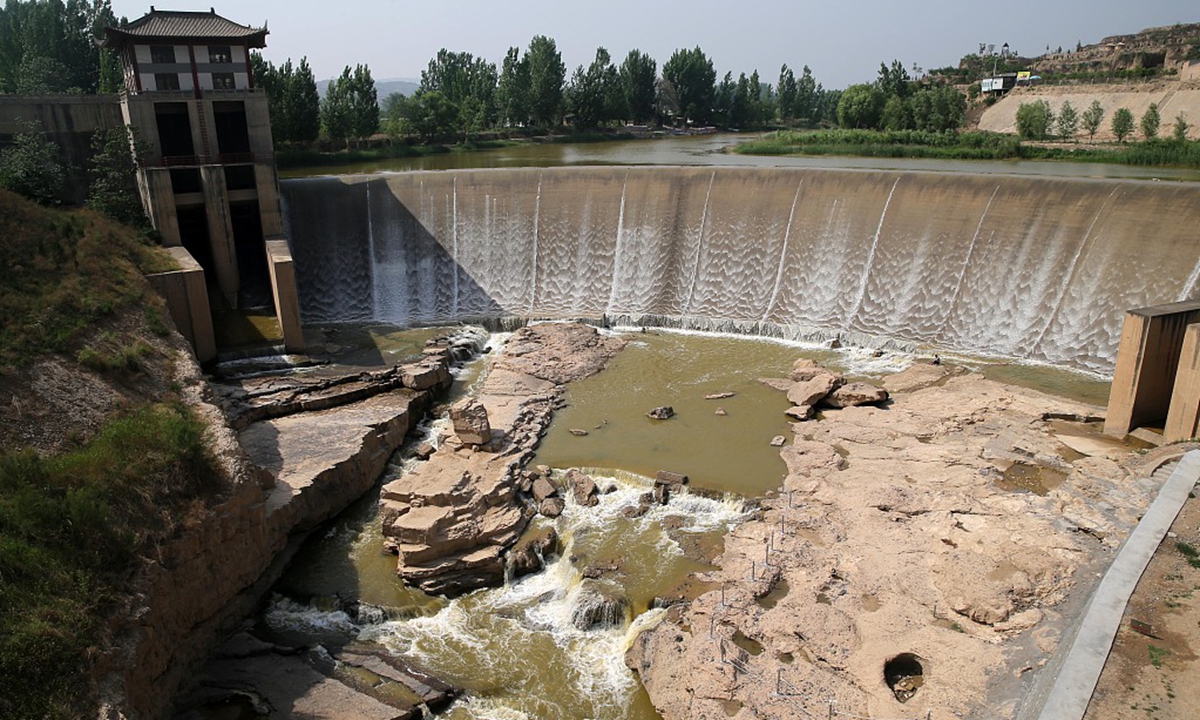ARTS / CULTURE & LEISURE
Chinese netizens celebrate after four ancient Chinese sites recognized as World Heritage Irrigation Structures

Longshou Canal and Ancient Luohe River Irrigation District in Northwest China's Shaanxi Province. File photo: VCG
Chinese netizens celebrated after China's Ministry of Water Resources announced on Tuesday that four ancient Chinese irrigation sites have been honored by the International Commission on Irrigation and Drainage (ICID) as World Heritage Irrigation Structures.
These four irrigation projects are the Tianbao Weir in East China's Fujian Province, Longshou Canal and Ancient Luohe River Irrigation District in Northwest China's Shaanxi Province, the Weirs of Baishaxi Stream Project in East China's Zhejiang Province, and the Sangyuanwei Polder Embankment System in South China's Guangdong Province, which has increased the total number of World Heritage Irrigation Structures in China to 23.
The hashtag for the news had earned 120 million views on China's Twitter-like Sina Weibo by Wednesday afternoon. Learning of the announcement, many Chinese netizens took to Sina Weibo to express their pride.
"I am very proud to have been born in such a country with such a long history. It is the responsibility of our generation to inherit this history and make good use of the heritage of these irrigation projects," one Chinese netizen wrote on Sina Weibo.
ICID also granted the honor to 10 other irrigation projects from India, Iran, Japan, South Korea and South Africa.
Established in 2014, ICID aims to categorize the development of the world's irrigation civilization, promote protection of irrigation engineering heritage, summarize the water management wisdom of traditional irrigation engineering and provide historical experience and inspiration for sustainable irrigation development.
According to the ministry's website, China is one of the earliest countries in the world to carry out water conservancy construction projects. Throughout the country's history, a large number of various irrigation projects with distinctive regional characteristics were carried out and many of them are still used today.
Global Times
